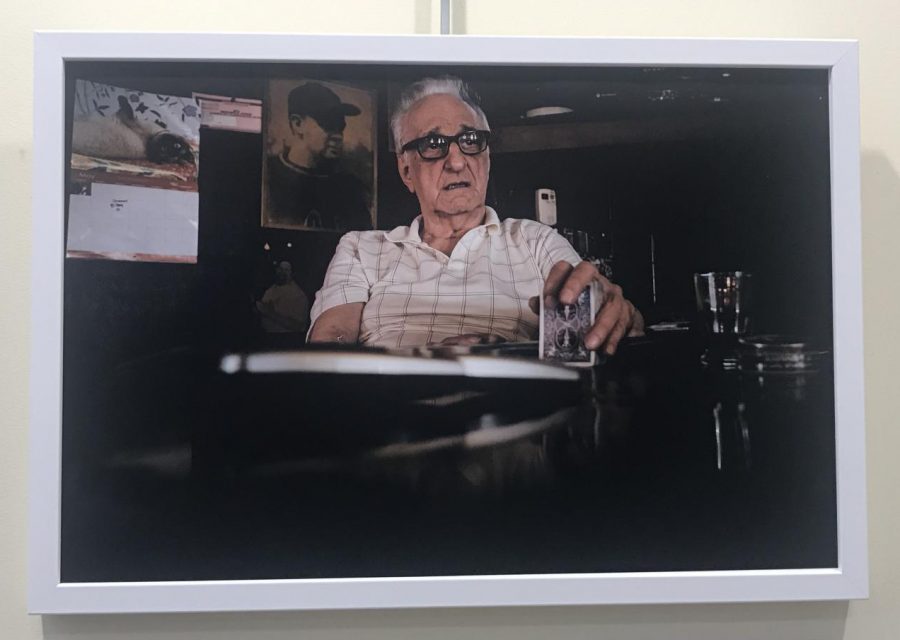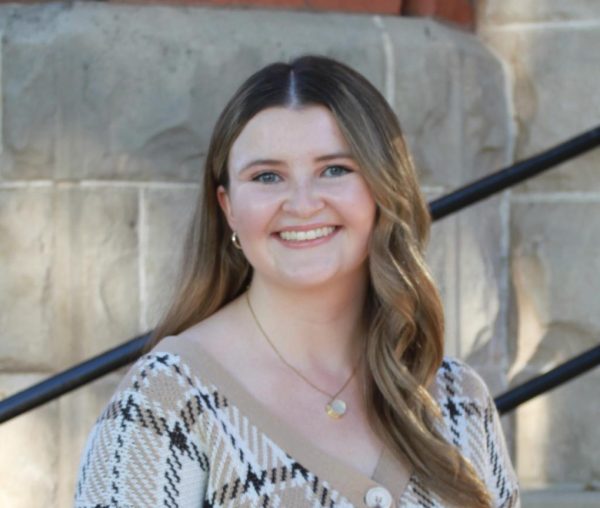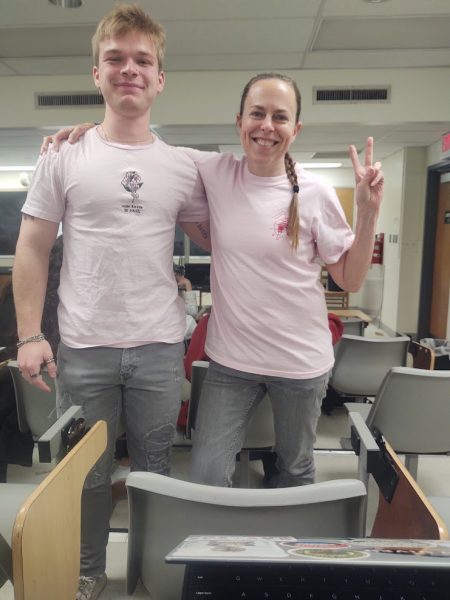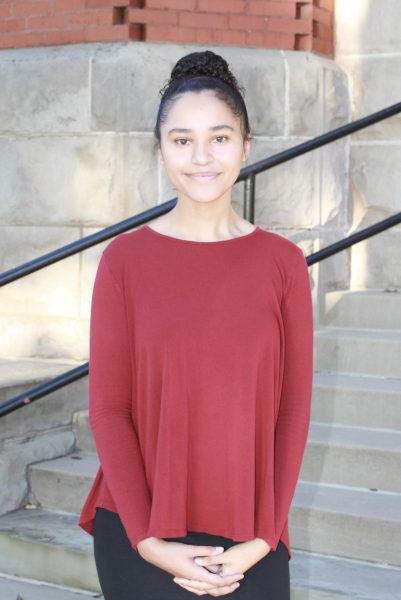EDITORIAL: Take time to look at Appalachia
From artist Pete Marovich. In Beaver County, Pennsylvania from May 7, 2015: George “Blackie” Miller sits in his bar, Mahoney’s, in West Aliquippa. Miller, who changed his last name from Dokmanovich years ago, was born in West Aliquippa and lived there all of his life. He has seen the town go from boom to bust along with the steel industry. “This town is done,” says Miller.
Have you truly looked at Appalachia?
With Marshall University’s Drinko Library being home to the crowdsourced “Looking at Appalachia” exhibit, featuring 64 photographs from various Appalachian artists, we all have an opportunity to take a closer look at the region.
The project, now in its fifth year, is designed and directed by photographer and Charleston native Roger May and consists of photographs from the 13 Appalachian states: Alabama, Georgia, Kentucky, Maryland, Mississippi, New York, North Carolina, Ohio, Pennsylvania, South Carolina, Tennessee, Virginia and West Virginia. Forty-five photographers contributed to the exhibit, and the photos were made between 2015-2017.
Marshall is fortunate to be the current host of the exhibit, and Marshall students are fortunate to have the opportunity to see this art for free; even when studying in the library, they can admire the artwork and maybe be reminded of the wonder and beauty of our region.
This exhibit can teach us many things. One of the most important things we can learn is that Appalachia consists of more states than we may realize. It’s not just West Virginia. It’s more diverse than that. Appalachians can’t be narrowed into one box. Appalachia has many different people, and many of them are displayed in these photographs.
For those of us who are from Appalachia and have lived here all or most of our lives, we maybe take it for granted from time to time. These natural photographs, some in color and others in black and white, appear almost timeless, their subjects each showing us a piece of their Appalachian lives. They capture many aspects of Appalachia, and they are working to change the perceived stereotypes about our region that the War on Poverty may have perpetuated.
Appalachians are people. For those not from the region, it may be easy to think of Appalachians as hillbillies or rednecks, as defined by their unfair and unrealistic perceptions; it may be easy to forget the similarities and easy to remember the stereotypes.
“It has now been more than half a century since the War on Poverty began,” May stated in a news release. “In contrast to the imagery that casts the region in an unfavorable light, and in an effort to establish a visual counter point, this project intends to provide a framework for advancing the understanding of photographs made in Appalachia.”
Please, do yourself a favor and view the exhibit. It’s a walking exhibit on three floors of Drinko Library. The photographs are displayed throughout the library, each one more beautiful and truer than the last. The art exhibit will be displayed until Dec. 15, and submissions are still open until Dec. 31. So Appalachian photographers, now’s your time to shine.
As Parthenon News Editor Douglas Harding reported on the exhibit this summer, more information regarding submission specifications and requirements can be found on the ‘About’ section of the “Looking at Appalachia” website.
It’s time to look at Appalachia. To not just see, but to really look. You never know what you might find, or how it might resonate with you.
Your donation will help continue the work of independent student journalism at Marshall University. If you benefit from The Parthenon's free content, please consider making a donation.







